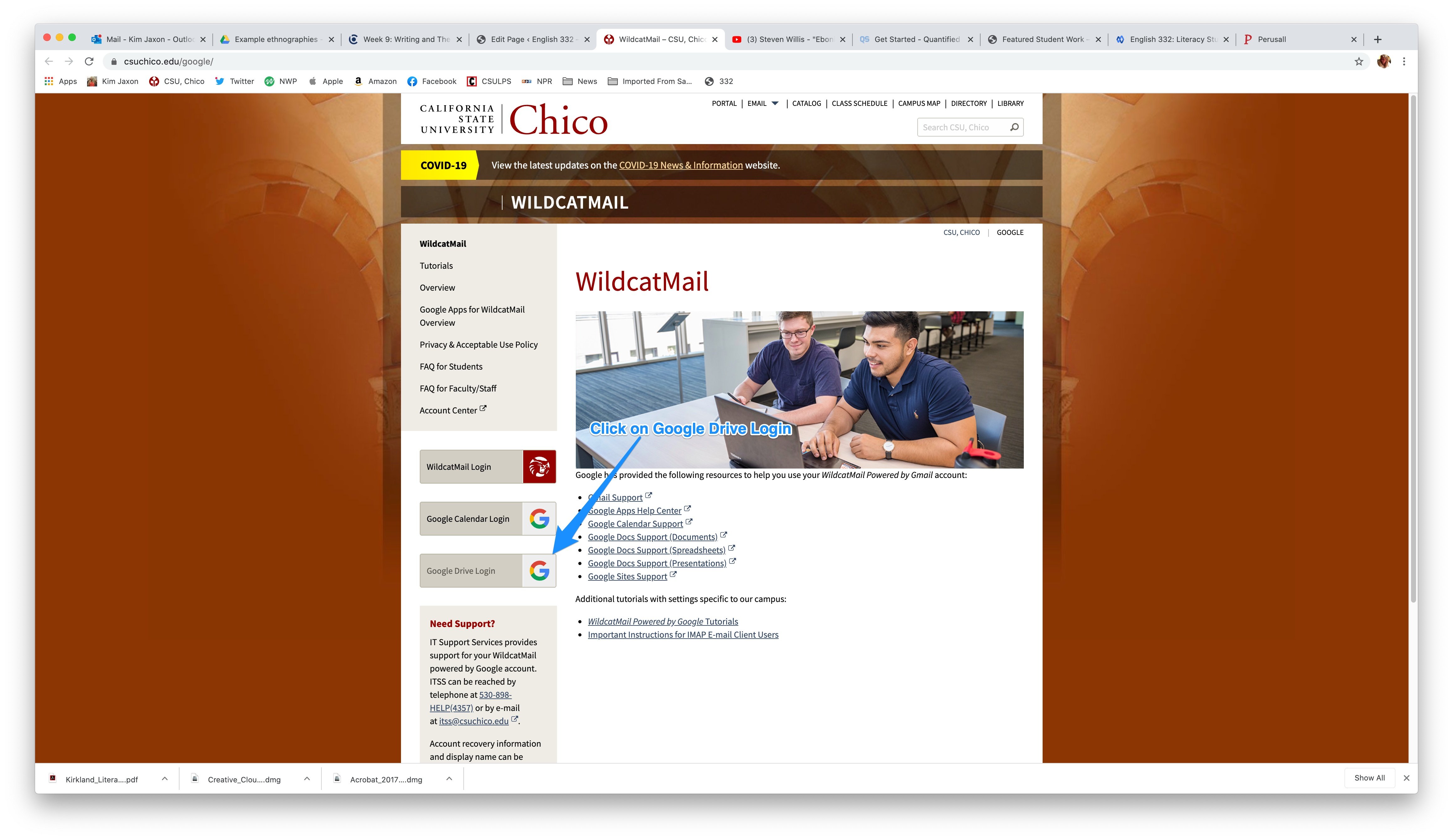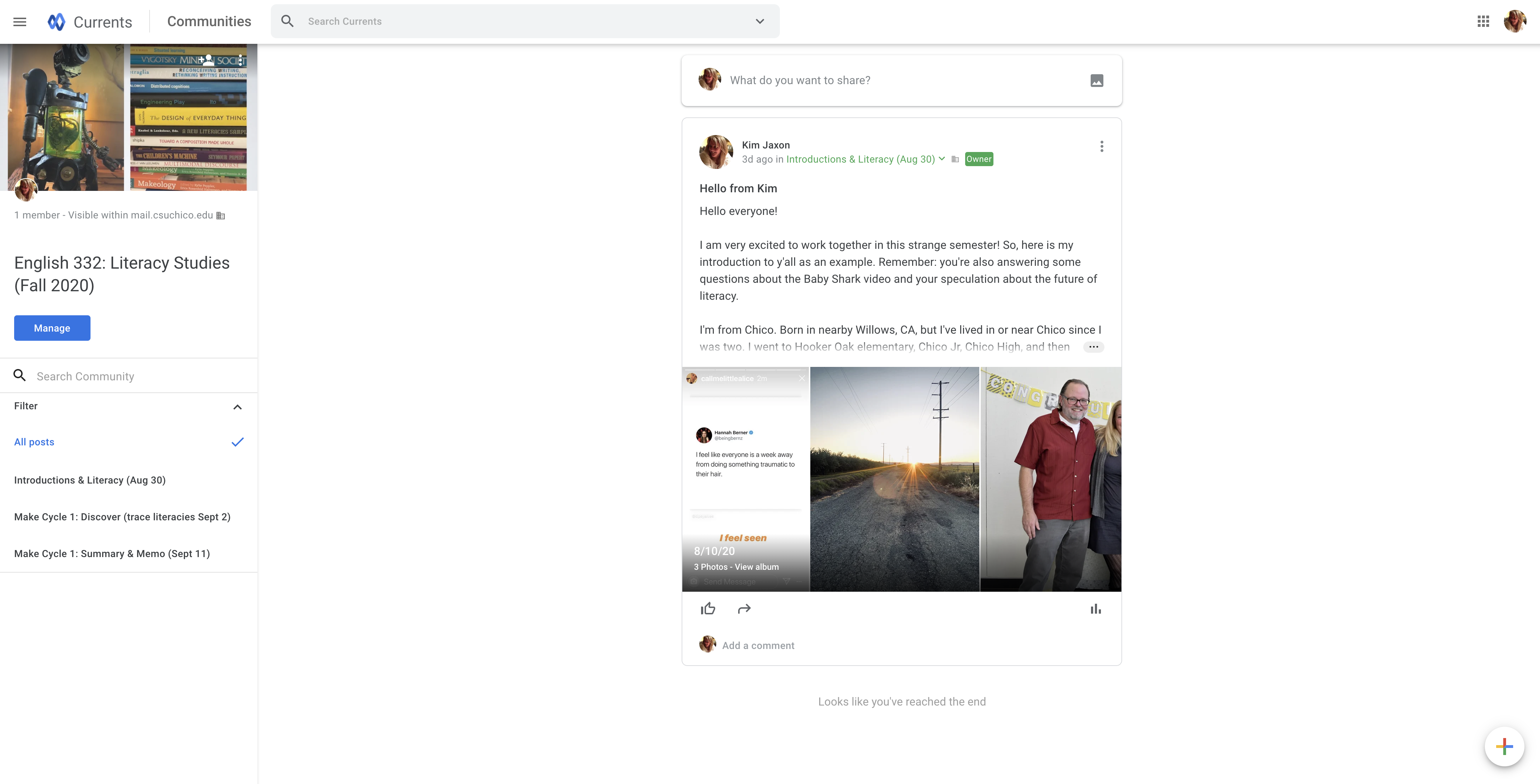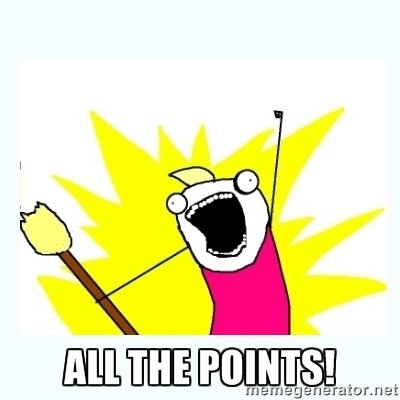
Assignments
The course is organized around a series of “make cycles.” These cycles will allow us to develop routines: discussing reading, creating/doing things with the reading, and sharing reading. Within each cycle, we will pose questions and make an artifact that represents the ideas in our books.
- Make Cycle 1: Fairy Tales (Kim provides links to reading)
- Make Cycle 2: Series Books (Ling & Ting, Sofia Martinez, King & Kayla, OR Keena Ford)
- Make Cycle 3: Chapter Books (Melissa’s Story (George), Out of My Mind, Front Desk, OR The War That Saved My Life, )
- Make Cycle 4: Free Verse Children’s Novels (The Crossover, Inside Out & Back Again, BenBee and the Teacher Griefer, OR Brown Girl Dreaming)
- Make Cycle 5: Graphic Novels (When Stars are Scattered, Pashmina, The Magic Fish, OR Dragon Hoops)
- Make Cycle 6: Young Adult (YA) Novels (Aristotle and Dante, I Am Not Your Perfect Mexican Daughter, Eleanor & Park, OR Furia)
- Make Cycle 7: Remix & Reflection (Battle Bunny-Kim will provide link)
We will end the course by writing a reflection and manifesto about our beliefs related to the teaching of reading.
Brief assignment descriptions are below. More detailed information can be found in our “weekly work” pages as I release the Make Cycles every two weeks. I’ll also post videos too on occasion on those weekly work pages that I hope helps situate the work. After the first week, you can plan to have things due on Wednesdays and Sundays for our class routines.
Discussion Prompts (~20@10 pts each; 200 points)
Most weeks, I will pose a couple of prompts connected to the reading we are doing. You’ll write a response and share the response in our Currents Community. Note: I will have a subheading on the left hand side of our Currents space to help keep our posts organized. The responses will typically be due on Wednesdays and Sundays. You’ll also respond to your peer’s posts each time; post one, then respond to one.
Joining Our Currents Community. IMPORTANT: you must be logged into your Chico State portal/google drive to join our community. Our Currents Community is only open to people in the Chico State domain. If you use another Google account or gmail, check out the troubleshooting note below. Instructions for joining here:
- Log in to your Chico State google: go to http://www.csuchico.edu/google
-
-
- Click on “Google Drive Login” See image here:
-
- Log in with your Chico State credentials
- After you’ve logged in to your Chico State google account, click on our Currents Community Link here<—
- Look for Join button on the left and join.
Trouble shooting: If for some reason you do not see the community, and instead, the link goes to a start page for Currents, it might be that your browser is still recognizing another/different Gmail/Google account (even though you think you’ve logged in with Chico State). Try a different browser (like Firefox instead of Chrome, or Safari, etc). Or, restart your computer so it clears the login and try again. Let me know if that doesn’t work: kjaxon@csuchico.edu. Don’t stress. I’ll help. 😉 And thank you!
Once you’ve joined, here is a link to a video that explains how to post (created for another class, but posting is the same)
We’ll do most of our writing and sharing in our Currents Community this semester. NOTE: You can set your preferences for receiving updates from Currents by clicking on the three small dots in the upper left corner. You can tell Currents not to send you an email every time someone posts (this is great as the instructor, but could be annoying as a student). Here is a 20 sec video to show you how to set notifications.
“Makes”: Sharing Artifacts Based on Our Readings (6@15 pts: 90 points)
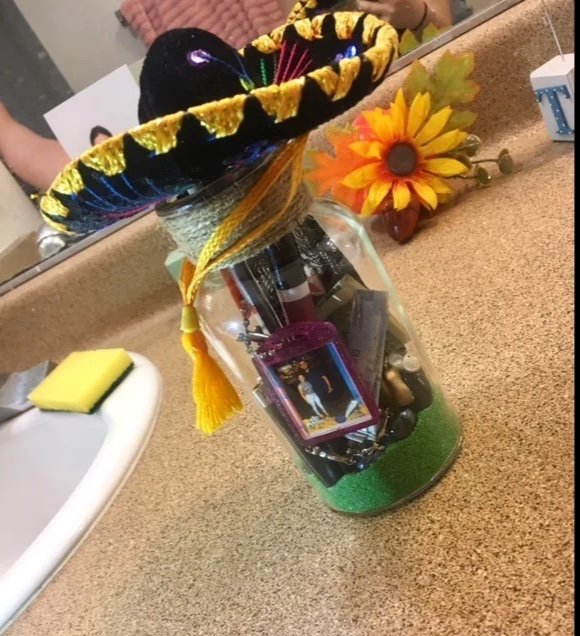 We will end each make cycle by creating an artifact that represents the ideas in your book choice for that cycle. You will have a lot of choice here in how you decide to share your book. You can create a visual map or a piece of art, a book trailer or short film, write a song, write fanfiction…lots of possible ways to share.
We will end each make cycle by creating an artifact that represents the ideas in your book choice for that cycle. You will have a lot of choice here in how you decide to share your book. You can create a visual map or a piece of art, a book trailer or short film, write a song, write fanfiction…lots of possible ways to share.
You will also write a brief artist’s/writer’s statement explaining what you were attempting to do with this make: how did you approach this artifact? what worked? what did not work out as planned?
Due on alternating Sunday nights in our Currents community. You can upload an image of your artifact, share a link, share a video, etc.
The points for the makes are made up of two components: a) the make itself (10 pts); and b) the discussion of the process (5 pts). Take risks, try out something new you’ve wanted to learn with your Makes, and I’ll give you the points. These should be playful. 😉
I’ll share examples and resources for the Makes on the Make Cycle pages.
Reflection and Manifesto (25 points)
We’ll end the semester with a teaching reading manifesto and a reflection on what we’ve learned about the teaching of reading in our course.
You’ll start this paper by reflecting on your work in the class. Read through your discussion posts, think about our Reading in the Wild conversations, your artifacts, your participation on Goodreads–what have you learned about teaching reading, about your own reading habits, about students’ reading practices? What is challenging about teaching reading, what is surprising, what do you look forward to?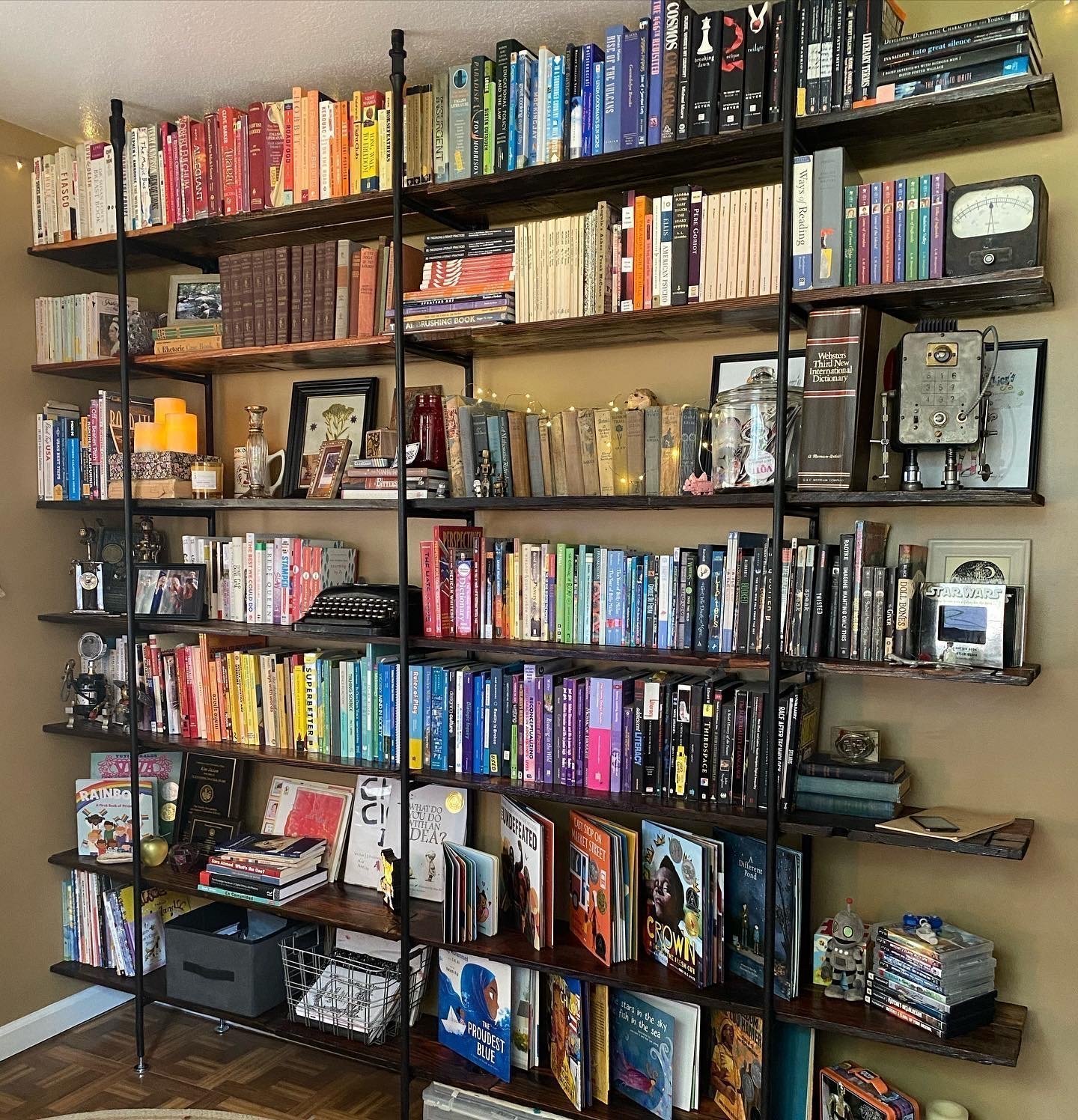
Then, turn to the creation of a bulleted list…your personal manifesto about teaching reading. Think of it as a “This I Believe About the Teaching of Reading…” Here’s an example from one of my colleagues as it relates to writing: “Things We Know For Sure About the Teaching of Writing…”
You’ll share this with me in a Google Doc. Here are some examples from previous semesters:
